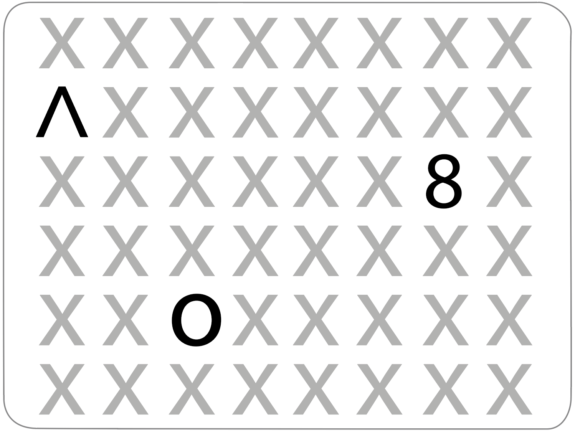
Idiosyncracies
And universals
What makes English English?
The most obvious thing about languages is how different they all seem to be. Every language has its own idiosyncracies. Every idiosyncracy represents a learnability hurdle. a potential trap for child learners. The much less obvious thing is that there are deep universals, as first noticed by Marcus Tderentius Varro, and then Roger Bacon who put the matter more explicitly over twelve hundred years later: “Grammar is one and the same in all languages, substantially, though it may vary, accidentally, in each of them.” Then, seven hundred years after Bacon, Noam Chomsky developed the idea a great deal further.
Consider one idiosyncracy in English – the set of ‘auxiliaries’, as these are known, including do, will, would and might as in “Do they like tea?” “He does not like tea” “Wouldn’t she like tea? and so on. These are difficult for foreigners learning English, and sometimes for children learning English naturally, Do has grown into its modern use and meaning over the past few hundred years, more or less since the time of Shakespeare, by a time scale much shorter than the time scale of language evolution. In the limit case, English grammar allows “Mightn’t you have been being deceived?” On this point, English grammar may represent just one, outlier case of a particular character of Indo-European languages. Many of these languages turn a particular sequence of verbal forms into a part of the grammar, each form expressing a particular category. The categories are tense, possibility, relevance to the present, the main verb itself. In the case of a negative question, the negative particle, not, and the subject, you, go between the first and second on these categories. As shown by Aikenwald (2006), what she calls ‘serial verbs’ are common across the languages of the world. English just seems to push the serialisation of auxiliaries into an extreme, grammaticalised form, where the limit on complexity exceeds anything ever likely to be heard. But whether experienced or not, even the most extreme forms are understandable. The natural process of acquisition thus extrapolates beyond direct experience.
By contrast, there are universals in ‘Case theory’, the ‘feature’ of ‘person’, ‘agreement, and ‘displacement’. Case is evident in the contrasts between I and me, he and him, she and her, we and us, and so on. Person involves either the speaker or the listener, or neither – the last by what is known as the ‘third person’. Agreement is manifest in the contrasts between “I like him” and “He likes me” or “We like them” and “They like us”, where like and likes alternate, with the S of likes agreeing with the singularity and third person of he or she. Displacement is especially and most clearly manifest in the special case of questions with more than one Wh word, as in “What did he eat when” or “When did he eat what?” with only one, but not both, of the Wh words displaced from where it is interpreted to where it is pronounced – on the left edge of the structure. It is evident that this displacement is from right to left rather than the other way round from the form of the answer – plausibly “He ate two sandwiches this morning”.
Similarly, there is a universal contrast between ‘ellipsis’ allowing unpronounced structure, and islands disallowing it. There is ellipsis in “I believe in peace and democracy, and so does my wife” with “believes in peace and democracy” understood as the predicate of the second part of the sentence, but not pronounced. And there are ‘islands’ from which unpronounced structure is prohibited, as in “What do you believe in peace and?” ungrammatical in English, but significantly with corresponding and equivalent expressions also ungrammatical across a significant sample of unrelated languages. Here the island is peace and X, where X is any ‘noun phrase’ and the whole expression is sometimes known as a ‘conjoined noun phrase’. What cannot be understood as a question about X.
Ellipsis, named and studied in the classical period, and islandhood, first identified by John Ross in 1967, seem to be universal. Like case, person, agreement, and displacement, they are part of UG and FL. But exactly what can and can’t be understood without being pronounced and how case, person, agreement, and displacement are expressed all vary from language to language, and thus part of the learnability space.
But with this combination of idiosyncracies and universals, how is the system finitely learnable, as it demonstrably is? The solution proposed by Chomsky (1957) is that categories like tense, reflecting the here and now of the utterance, are expressed by entirely abstract categories defined on positions in the structure rather than on particular word forms or their obvious functional utility.

